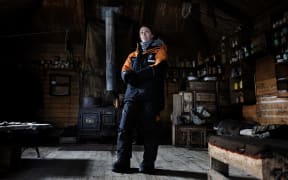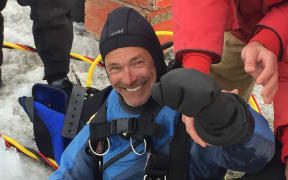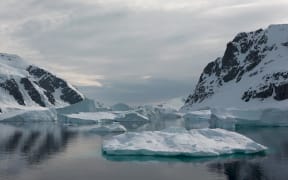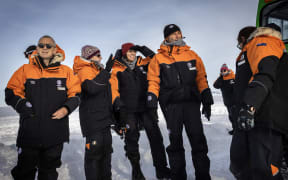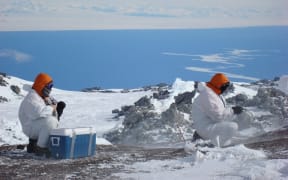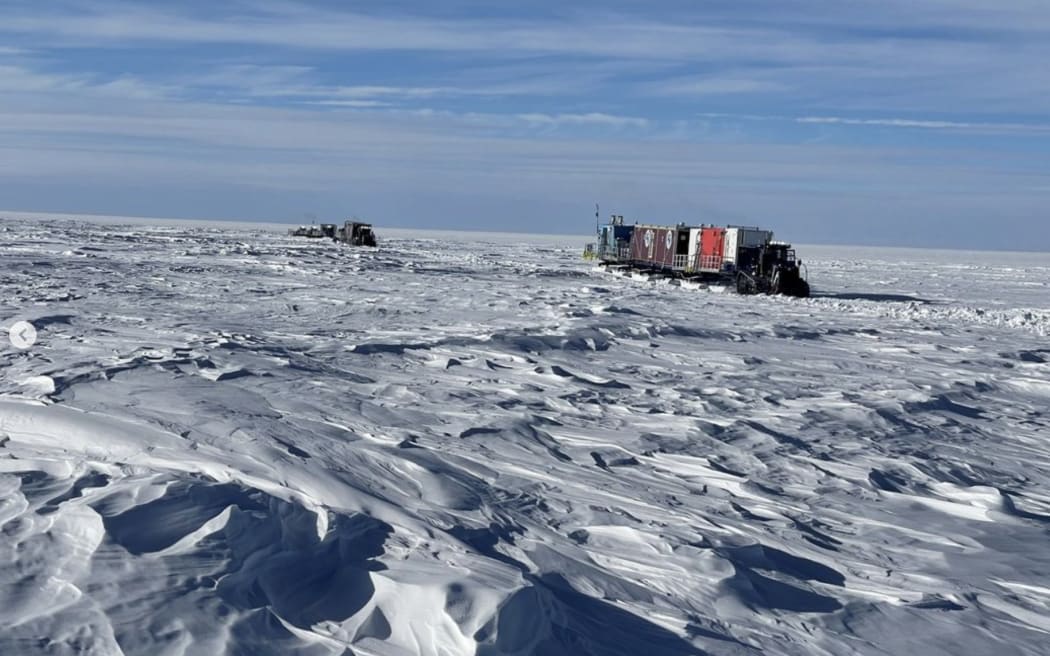
The team is eight days into the expedition. Photo: Supplied / AAD
By Adam Langenberg for ABC
It is an icy voyage that has been a decade in the making.
A team of expeditioners have begun the 1200-kilometre trip from Australia's Casey Station into the Antarctic interior, weaving through windblown icy dunes called sastrugi and braving temperatures as low as minus 50 degrees Celsius.
Ideally, they will reach a site at about 3200 metres of elevation called Little Dome C - where researchers will eventually drill deep into a million-year-old ice core, to sample air pockets which will reveal secrets about how the climate has changed.
The project's lead scientist Joel Pedro told the ABC that this initial mission was more about testing out the route and equipment than actually reaching the end destination.
"They may or may not get all the way, but this first season is about trying to prove the route as far as we can ready for future years of drilling out that way," Dr Pedro said.
"It'd be terrific if they could and they're actually making quite good ground, but we started the season without the expectation that they would make it because there's so much ground to cover and new equipment.
"The drilling we hope to commence next year and probably wouldn't be finishing that until 2027.
"It's so cold out there that there's only short periods in the summer where you can do the science work and there's 3000 metres of ice to drill, so it'll take several years to get through the whole ice sheet."
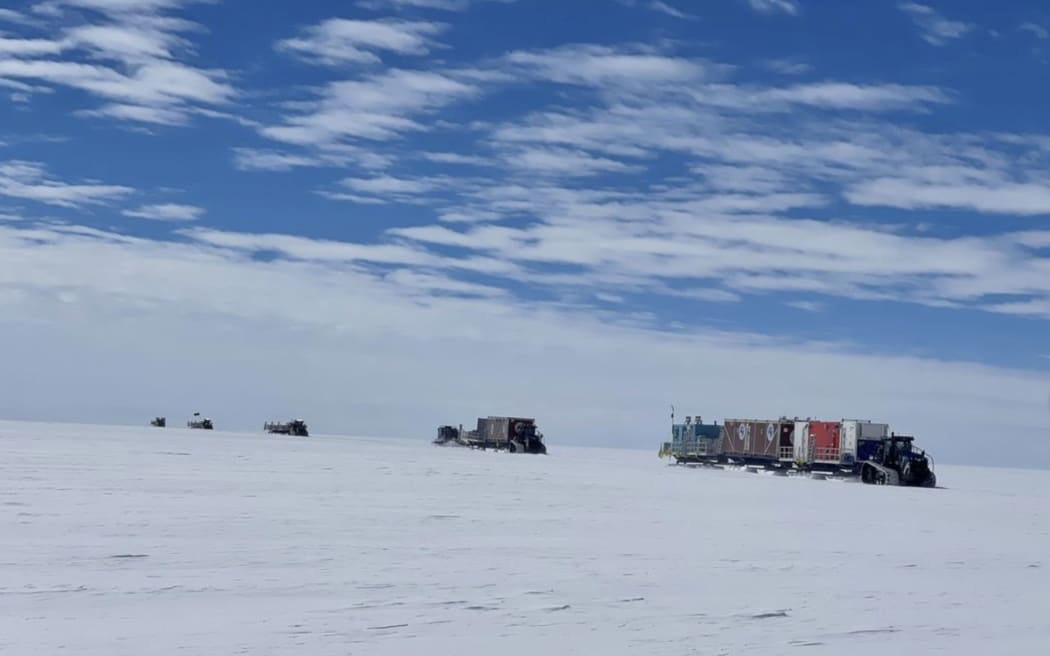
The 1200km trip crosses vast, icy plains. Photo: Supplied / AAD
Travelling through 'the badlands'
The team of 10 expeditioners are eight days into the journey, with five specifically designed tractors pulling sleds containing containerised living quarters and equipment.
Dr Pedro said they have passed the worst of the journey - an area sometimes dubbed "the badlands" by expeditioners.
"It's not as extreme as it used to be in the time of [Sir Douglas Mawson] and others, but the team are still battling pretty tough conditions," he said.
"There's 30 to 40-knot winds where you can't distinguish the snow surface from the horizon, and on top of that, there's two-metre-high sort of snow dunes that they're trying to work through.
"They're inside tractors and they're warm in there but they're working long days, they're driving anywhere between eight-and-a-half and 10 hours."
Dr Pedro said a "living van" has allowed the expeditioners to enjoy some quality food, cooking up a roast turkey on Christmas Day, as well as a New Year's Eve barbecue.
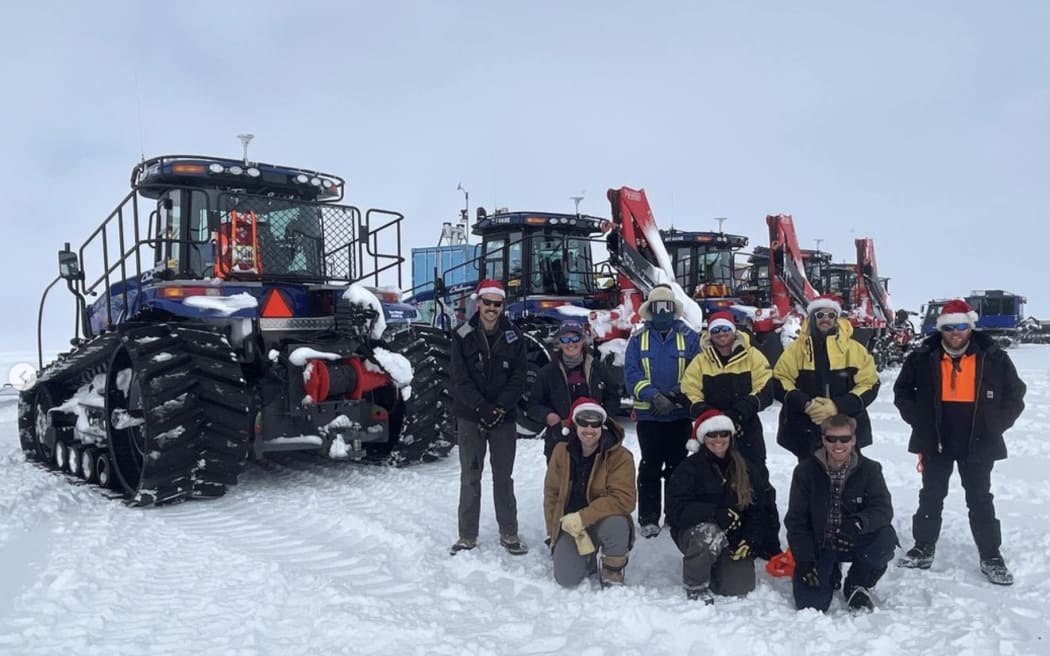
Team members celebrated a very different kind of white Christmas. Photo: Supplied / AAD
Ice core to unlock climate secrets
A million years ago, the timing of ice age cycles changed dramatically, from one every 41,000 years to one every 100,000 years.
Dr Pedro said that change was "one of the most significant changes in climate in many millions of years", and samples from the ice core could help to explain why it occurred.
"We can use that to test climate models which we're using to predict the climate in the future, so researching this period of past history will help improve our projections of climate in the future," he said.
The project was delayed two Antarctic seasons during the pandemic, with research bases unable to cooperate due to the risk of spreading Covid-19.
- ABC
